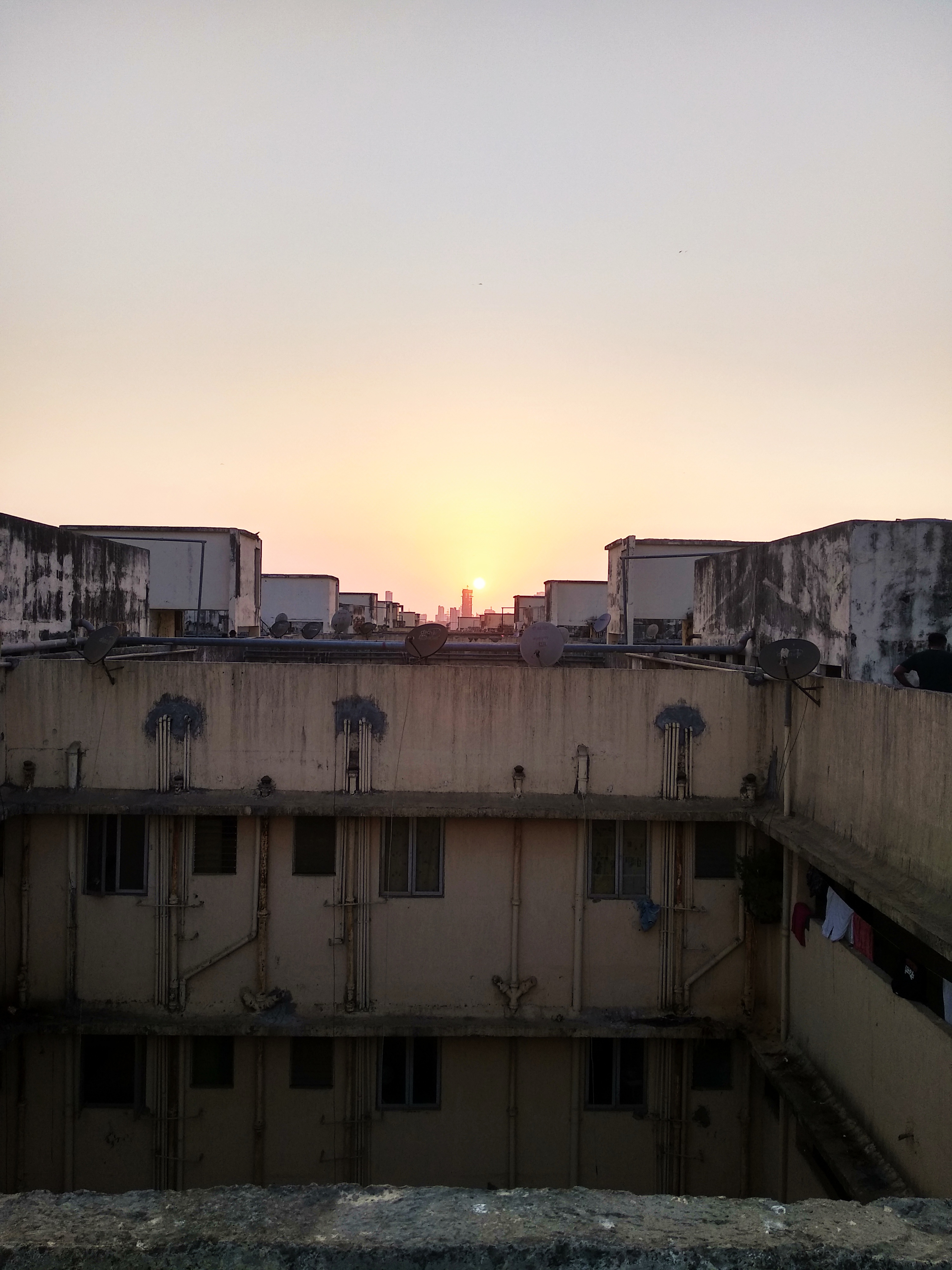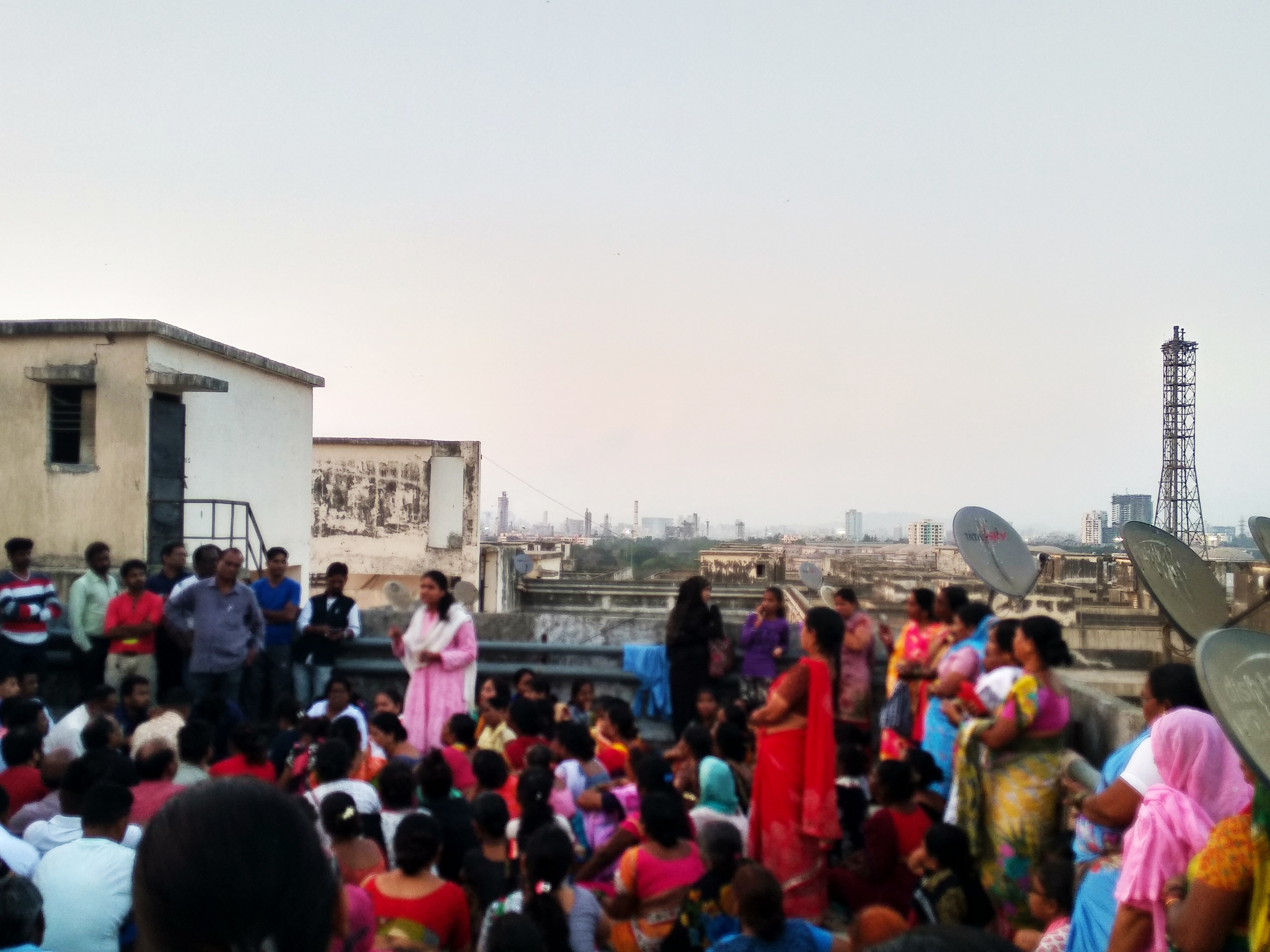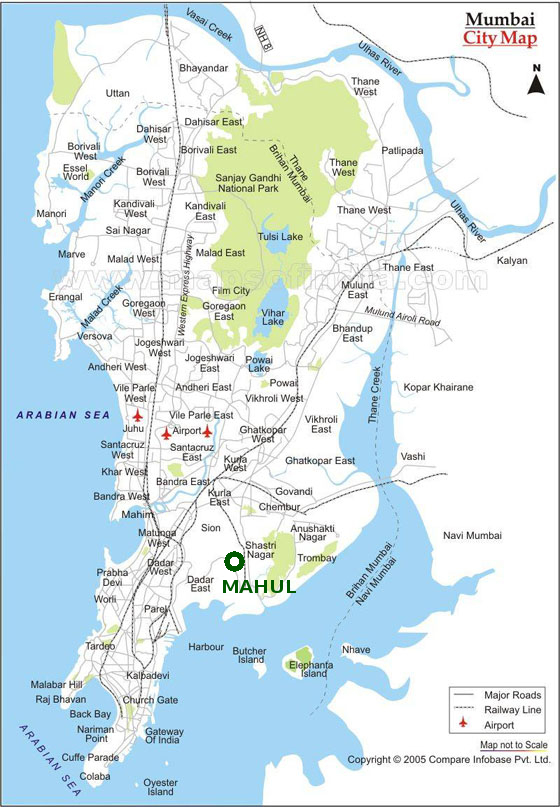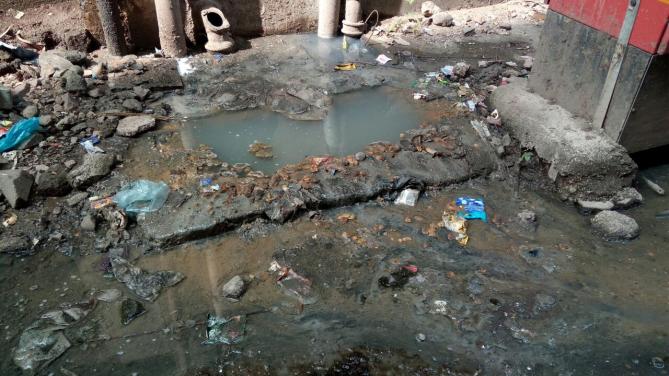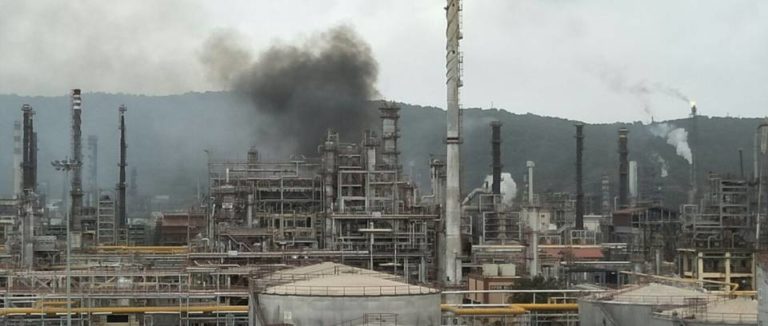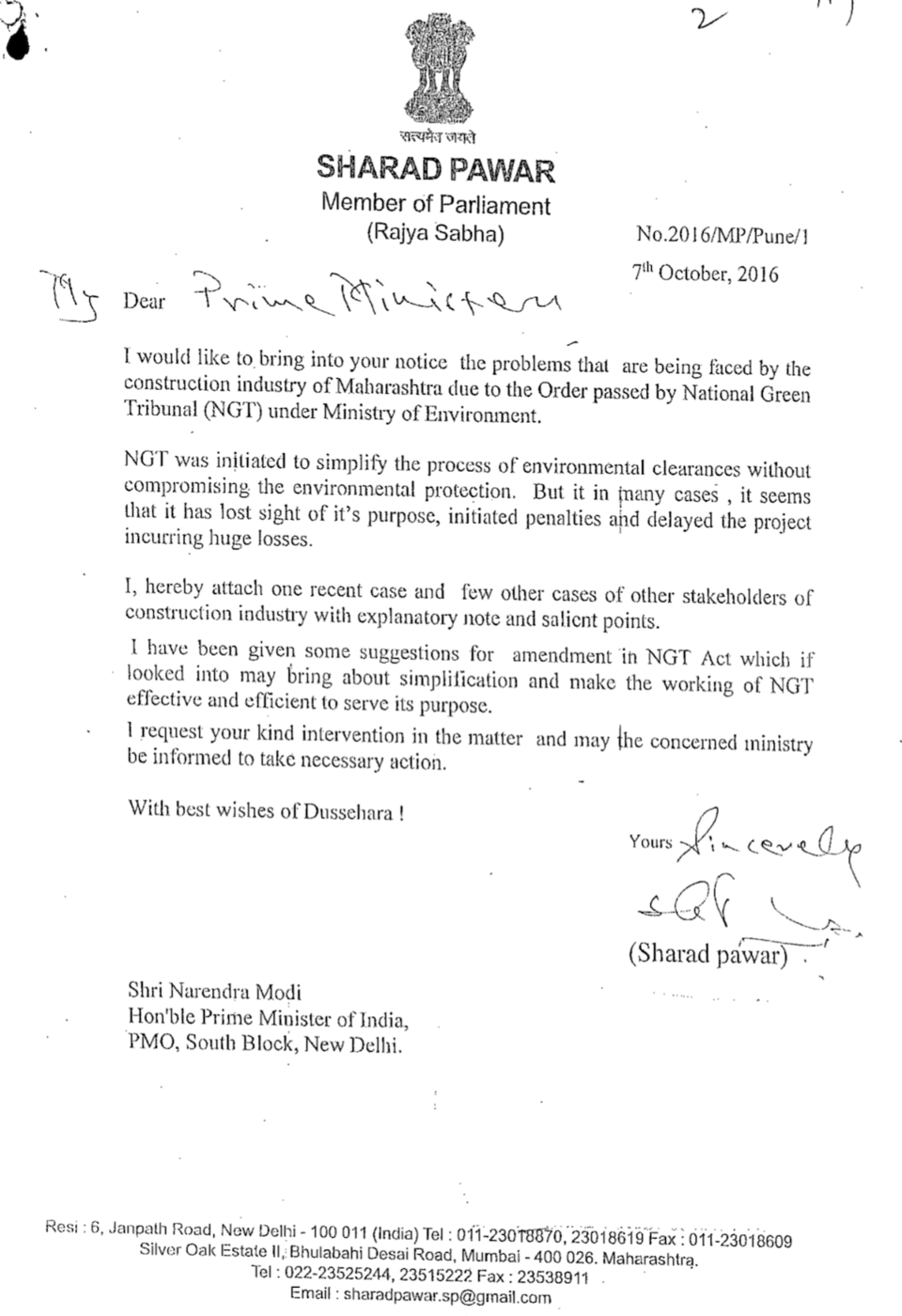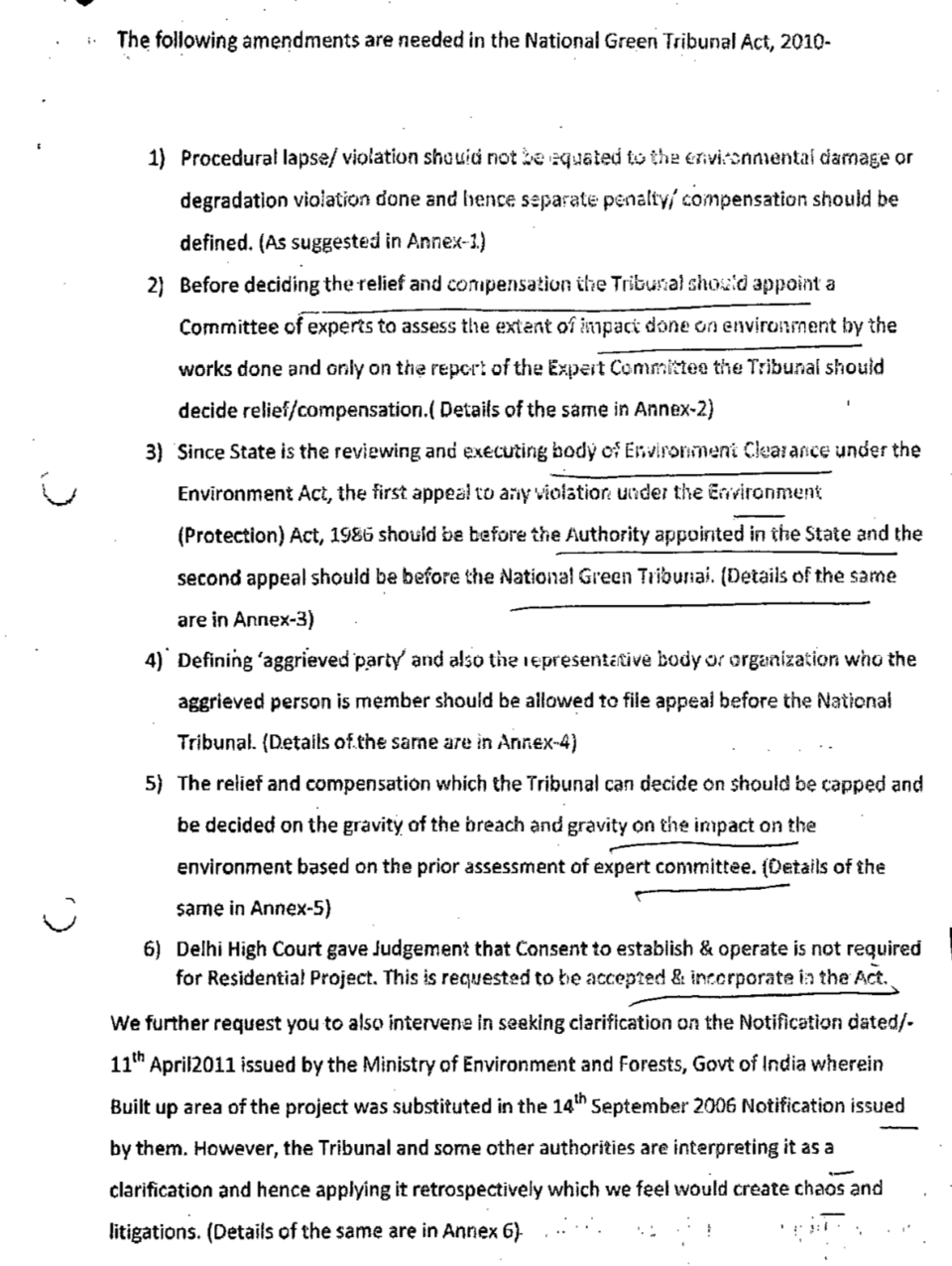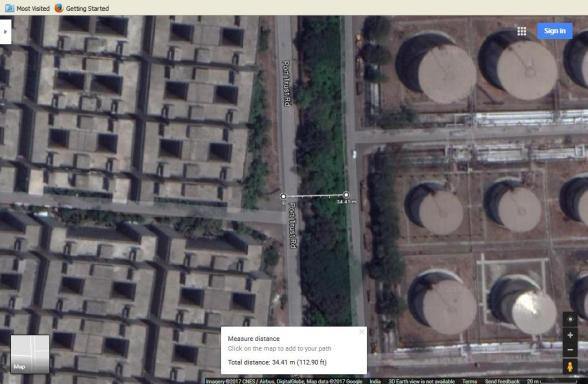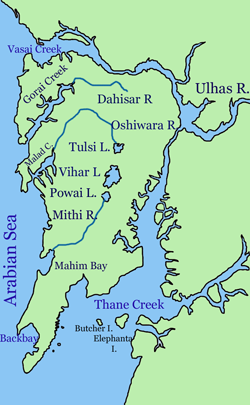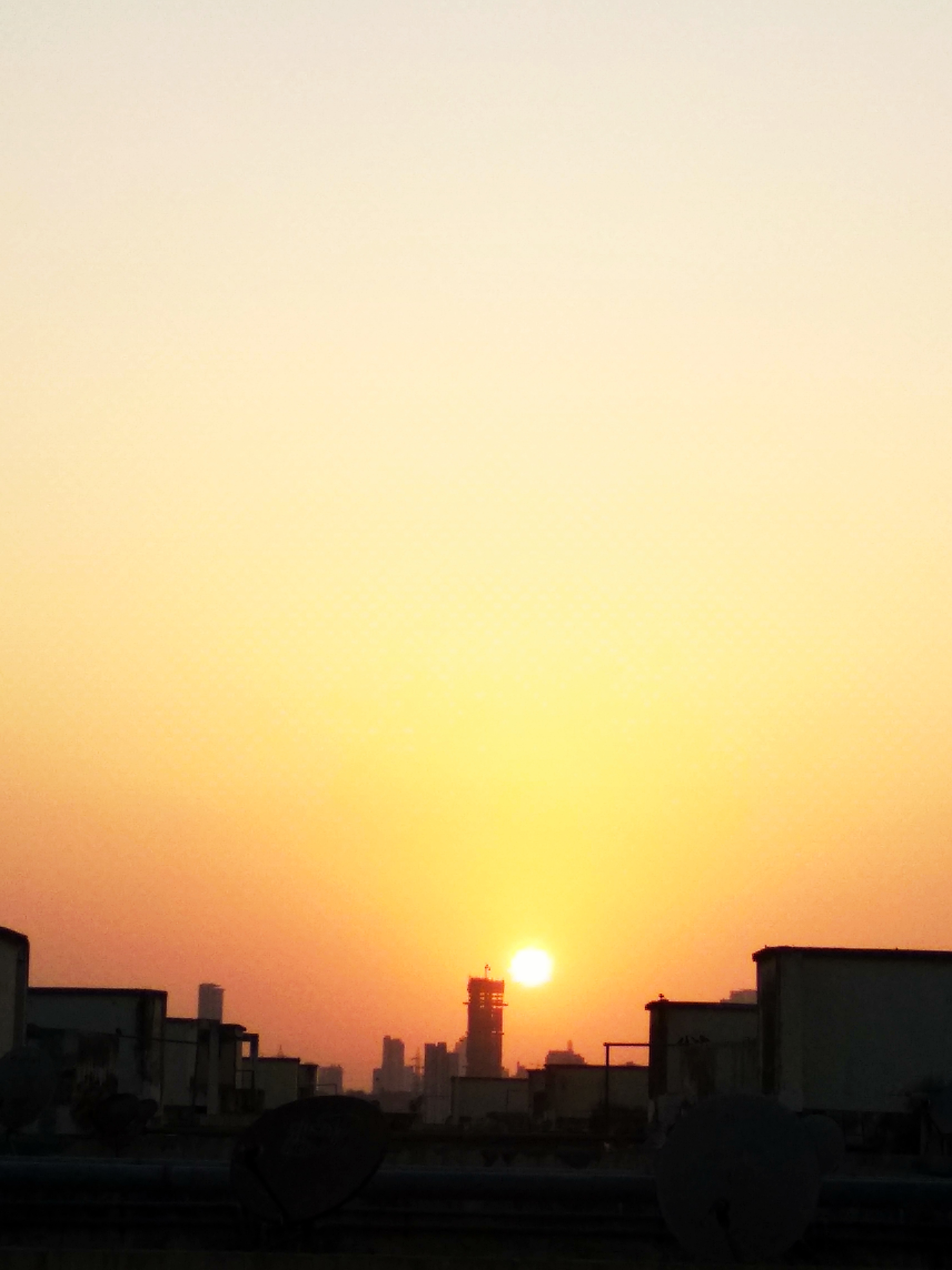While the entire nation was fixated on making sense of the 23rd May election results, Mahul residents had to worry about the 24th May stay order from the Supreme Court on the recent Bombay HC order which directed the state govt to pay rent to Mahul residents who were facing life threats due to pollution.
While the focus of the Jeevan Bachao Andolan of residents of Mahul at the moment seems to be on fighting a legal battle for just rehabilitation, the real players behind slum evictions in Mumbai is the city’s powerful real estate mafia. In this concluding part of the ongoing GroundXero report, we look at Mumbai’s housing crisis, its real estate economy, and the havoc it is wreaking on the environment – and the significance of the Tansa evictees’ (now residents of Mahul) struggle in such a context.
[In the first part, we wrote about the Tansa pipeline evictions, and the consequent struggle of the evicted families.]
Mumbai’s Housing Crisis
The population of Mumbai is around 2.2 crores, with more than 40% of the people living in slums across the city, according to 2011 Census estimates. Assuming that the average size of a household is 5 members, it would thus be around 20 lakh families that are slum residents. This means the city needs 20 lakh houses to tackle this severe housing crisis. And this number will only increase over time. By 2030, the number of affordable housing units required for the city is expected to double.
During negotiations with the Mahul residents, the Government and the BMC has been saying that they have only 300 empty flats across MHADA. If this was indeed true, this would indicate a huge gap between the requirements and the supply. Though the Slum Rehabilitation Authorities allegedly have tens of thousands of vacant flats that they are falsely denying, mainly with the purpose of selling them illegally it in the market. But it is still a fact that the required number of affordable houses in Mumbai is far more than what the city currently has.
While lakhs of working class, lower income families in the city are being effectively dumped into chemical vats citing “lack of housing”, lakhs of high end apartments in the city remain empty. According to news reports, in what is being called a serious slump in the real estate market, more than 2.67 lakh residential properties in the Mumbai Metropolitan Region (MMR) remained unsold in 2017. Developers are offering free apartments (on the purchase of multiple flats), gold and iPhones to boost the sales. By the end of last year, in in Worli and Prabhadevi alone, 4,107 out of 7,292 luxury apartments remained unsold, according to a Real Estate Rating and Research agency.
On the other hand, evicted slum residents had to pay up tens of lakhs of hard earned money to ensure a roof for themselves. Out of the 15000 affected families, around 8000 were declared as “apatra” or “ineligible” for rehabilitation by the BMC. Reasons cited were lack of documents, or errors such as spelling of names or date of birth on documents like Aadhar card, electricity bills, etc. According to the residents, these families have been living in these slums for decades, and it is plain corruption on the part of the administration to have declared them as illegal.
Each such ‘apatra’ family had to make several rounds of the BMC and pay money to the tune of Rs 25 lakhs to 1 crore as bribe, to get themselves ‘converted’ to ‘patra’. Out of the 5500 families that were sent to Mahul, around 20% had to go through such ordeal. Even assuming the lower limit of 25 lakhs per family, the total amount of money siphoned off by the administration from these economically vulnerable people comes to around Rs 275 crore. This is ironically almost the same amount that the BMC had allocated for building underground tunnels that would have left their houses intact in the first place.
A huge number of families in Mahul have slipped into big debts in their desperate attempts to buy ‘legitimacy’ as residents, and are unlikely to emerge out of the debt cycle anytime soon.
Mumbai’s Real Estate
The Mahul SRA buildings construction was completed in 2011. The project was developed by a real estate company called ‘DB Realty’ – a nexus of big politicians and builders including the Goenka group and, allegedly, NCP leader and Maratha strongman Sharad Pawar. It was an ‘8 FSI’ project, in complete violation of building by-laws and regulations. Floor Space Index (FSI) is the ratio of the total floor area of buildings on a certain location to the size of the land of that location, and roughly equals therefore the number of storeys of the building.
The chief instrument that links these SRA construction projects and the larger real estate market in Mumbai is what is called the Transfer of Development Rights (TDR). Builders get TDR benefits, instead of cash payments, for constructing public housing. They can in turn use these TDR elsewhere in the city to construct extra floors, beyond the regular FSI limits, and sell them at market rates. The 60, 70-floor skyscrapers cropping up regularly across the city are directly related to the TDR benefits earned from SRA constructions. As a result, the builder regularly uses cheap and substandard, and often potentially dangerous, construction methods when it comes to erecting these SRA buildings, in order to cut the costs. Fires due to short-circuiting, stemming from faulty electricity wirings, are for instance a regular occurence in such apartments. The Mahul SRA buildings alone had at multiple recorded incidents of catching fire over the last one year.
The other implication is of course that constructing affordable housing for the city’s workforce, something that is supposed to be one of the civic responsibilities of a Government, has in this way been directly tied to the fluctuations of the real estate market. For instance, 2018 saw a record drop in TDRs generated through slum rehabilitation projects, as a direct consequence of the slowdown in the real estate market which has disincetivized builders from carrying on with commercial construction projects at the same rate.
“The Mahul SRA consists of 72 buildings. The total TDR generated by DB Realty from the project would have amounted to around Rs 10,000 crore rupees,” said a Jeevan Bachao Andolan activist. Arguably, if the Government was willing to invest even a significant fraction of this money on underground pipelines, the slums would not have to be destroyed.
Incidentally, the Mahul SRA wasn’t originally commissioned for the Tansa evicted people. These buildings were meant for the ‘Brimstowad project’. Post the 2006 Mumbai floods, the city administration took up various drainage widening projects, leading to evictions of an estimated 21,000 families. A part of these families were shifted to Mahul in 2013, under the Brimstowad project.
The petrochemical industry at Mahul was opposed to settling civilians in their area. HPCL and BPCL even filed a case on Brimstowad, citing ‘safety and security concerns’. They claimed, much like what the Mahul residents are claiming today, that the “buffer zone” between the factories and the residential buildings is not enough. The Supreme Court, in a 2013 judgment, ordered upper floors of the buildings to be housed only by police personnel, as a way to allay security concerns of these companies.
However, even the police officials refused to stay there because of health and other concerns. 2017 onwards that Tansa pipeline evictees, and other transit camp refugees were sent to these buildings.
Living in a chemical gas chamber
Mahul Gaao is a 200 years old village, originally set up by native Koli fishing communities. These small fishing families depended on the adjacent creek for centuries for high quality fish. From the 1950s however, this area became a priced location for Bombay’s petrochem industry. Today there are around 16 plants here, including BPCL, HPCL, Tata, RPCL, etc. Critical pollution of Mahul and adjacent areas began being noticed as early as the 1990s. The 13th Lok Sabha report on Mahul-Chembur pollution mentions this. Much before the Mahul SRA came up, the first people to bear the brunt of this pollution were the Kolis. These families however had no option to shift elsewhere in the city since they would lose their only livelihood this way, plus they can not afford the sky high rents in the city. Getting used to the fatal pollution, and getting used to loss of lives and livelihood because of it, was the only real ‘choice’ these people were left with.
In a 2013 judgment, the Supreme Court said about rehabilitating people in Mahul, “We are aware of the serious accidents which took place at the IOCL refinery at Jaipur, and also at the Union Carbide Factory, Bhopal. Any such accident would cause serious loss of life and property, and would be hazardous to the occupants of these constructions.”
In 2015, the NGT passed a landmark judgment that said, “Forcefully resettling people in Mahul before de-polluting the area is a violation of Article 21”. The 3rd April 2019 High Court order was based on this NGT judgment.
“The report indicates that the air quality at Mahul is generally exceeding the standards as far as PM10 is concerned. It also presents air quality status for non-criteria pollutants like formaldehyde, non-methyl hydrocarbon and Elementary carbon (EC)/ organic carbon (OC) which generally gives picture which is not of a sound air quality. The limited air quality produced by MPCB through its Expert Committee as well as agency from where the data was outsourced in May 2015 shows some distinct features of air quality in terms of special parameters like Benzopyrene, Toluene and Nickel,” said the NGT order.
The Mahul SRA has violated multiple environmental guidelines. “There is significant population surrounding these industrial locations thus exposing this population to pollution generated by these industries, besides safety concerns and associated health effects. Such a scenario is a culmination of a failure of the planning authorities, over a time, to plan and maintain a minimum buffer area; between the industrial areas and residential areas,” said the NGT.
Over the past 2-3 years, hundreds of people have lodged serious health complaints which they contracted after shifting to Mahul, specifically women, children and old people. Around around 115 people have reportedly passed away succumbing to diseases that the residents allege are caused or aggravated because of poison in the air and drinking water. This number however is based on data collected by the residents themselves, and with a full fledged health survey the number is expected to be only higher. The common ailments include pregnancy complications, children born with deformities, tuberculosis, lung diseases, breathing problems, skin problems, cancer, blood pressure related problems, etc.
In addition to the long drawn environmental impacts on the health of people in Mahul, there is also a parallel immediate threat. Mahul is literally sitting on a chemical bomb that could explode at the slightest instance of mistake. Huge amounts of hazardous and highly flammable petroleum products are stored in approximately 200 tanks, totalling to about 20,000 lakh litres, across the petrochem plants including 3 major industries – BPCL, HPCL and IOCL – and numerous other hazardous industries. These storage tanks are in some cases within only 70 meters from some of the SRA buildings. In August 2018, a major fire had broken out at the Bharat Petroleum (BPCL) plant at Mahul following an explosion, injuring at least 41 people working at the plant. The shock waves from the explosion rocked the 8-storeyed SRA buildings that are dangerously close to the site, shattering several window panes due to the vibrations. The sound of the blast was heard from as far as Ghatkopar, 12 km away.
Environmental Destruction is not due to ‘Mismanagement’, but is in fact Carefully Designed
Mumbai’s real estate industry and the country’s political apparatus has in fact waged an official war against the environment and regulatory agencies in charge of protecting the environment. According to a latest exposé by the HuffingtonPost India, Sharad Pawar lobbied with Prime Minister Narendra Modi to sabotage the National Green Tribunal and environmental laws after the NGT imposed Rs 105 crores in damages against a Pune builder called Goel Ganga Developers, for violating environmental clearance and causing environmental destruction through illegal construction.
Pawar began his lobbying efforts in October 2016, when he wrote a letter to Narendra Modi asking for various changes to the NGT and Environmental laws, including changing of definitions of parameters such as the ‘Built Up Area’ and restricting the powers and jurisdictions of the Tribunal. The PM responded immediately. “On October 13 2016, a week after Pawar wrote to Modi, A K Sharma, the Joint Secretary to the Prime Minister, wrote to Ajay Narayan Jha, then Environment Secretary, and Ashok Lavasa, then Finance Secretary, seeking comments and inputs from their respective ministries on Pawar’s letter by October 17 2016,” reports HuffPost.
In March 2017, Modi Government gave itself unrestricted powers to appoint and dismiss NGT members by amending the NGT Act, though the Supreme Court later struck down the amendment.
In July 2017, the Ministry of Environment, as ‘Plan B’, issued an Office Memorandum that bent rules in a way that suited builders like Goel Ganga Developers. The Office Memo clearly stated that it was issued at the written request of the Confederation of Real Estate Developers’ Associations of India (CREDAI). The managing director of Goel Ganga, Atul Goel, was the Honorary Joint Secretary of CREDAI’s Pune chapter.
The (hi)story of Mumbai is the (hi)story of its slums
The Tansa pipeline families were evicted from their homes in VidyaVihar, Sakinaka, Asalpha, Tungagaao, Powai, Satyanagar, Khar, Wakola, Andheri, Marol. All 24 wards in Mumbai have the pipeline passing through them, and people were evicted from all of these wards. This incredibly cosmopolitan class includes people from all parts of India – Gujaratis, Bengalis, Biharis, UPites, Tamils, Telugus. These families have been living and working in this city over generations, and are the very bodies that have built the city, brick by brick, over the decades.
The first major phase of people from outside of then Bombay migrating to and settling down in the city was as workforce for the textile mills. Textile was one of the chief reasons for British colonialists to settle in Bombay. Mumbai’s climate was favourable for textile work, yarns churned here were more tensile and thus more sought after. The city has had an illustrious history of big textile mills such as Century Rayon, India United, Kamala mills, Western India mills, etc., and an equally significant history of the lives and struggles of the mill workers.
Most of Mumbai’s slum dwellers are children of the early migrant working class of Mumbai, with a large section employed in the textile industry. Over the decades, with the demise of the textile and other manufacturing industries in the city, a large number of these families slided into destitution and became footloose unorganised labour.
Today, the same city that was built by these people, has no room for them. An entire urban working class that had once stood up against the rich and powerful capitalist class of the city (for instance, as part of the historic mill workers’ struggles), are now being tossed aside from one end of the city to another based on the whims and fancies of real estate mafia and the political rulers. In the absence of organised and powerful working class politics, struggles that ought to have been against the evictions itself, have been converted into those for ‘just rehabilitation’.
The BMC has obtained stay order from the Supreme Court against the Bombay High Court’s verdict asking the administration to pay for the rent of Mahul residents at more livable parts of the city. Mahul residents are now working on legally challenging the stay at the apex Court.
However, in the post 23rd May political situation in the country, serious questions loom over the struggle regarding its chances of getting legal redress. Crucial questions are bound to come up regarding how to fight the all-powerful real estate mafia, given that civil society leaderships across the country are now left with almost none of the earlier usual channels of legal or bureaucratic relief measures in the name of ‘justice’.
Feature image: Demolished houses at Vidya Vihar pipeline. Photo Courtesy: Jeevan Bachao Andolan.


